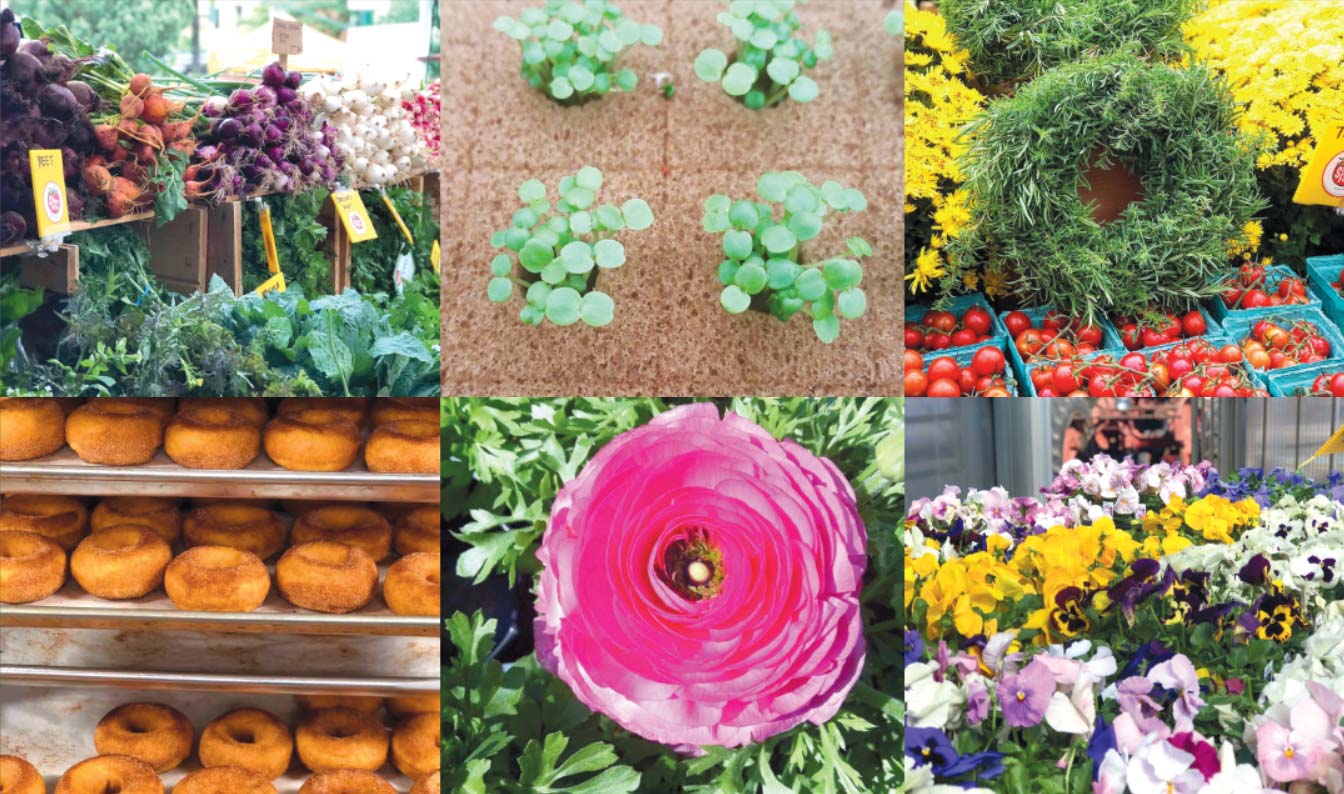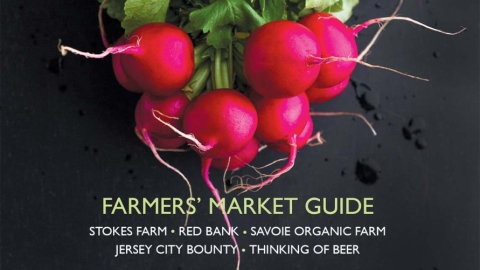New Jersey's Stokes Farm - Growing with the Times
A small-town farm with big-city charm, Stokes Farm adapts to a changing marketplace
Ron Binaghi Jr. wears his work boots in two different worlds: harvesting a variety of crops at his family-run Stokes Farm in suburban Bergen County, and hobnobbing with celebrity chefs and urban foodies who frequent his stand in New York City’s Greenmarkets.
With 17 acres and about 50,000 square feet of greenhouses, Stokes Farm has evolved over the years—and is still changing to stay in business. The farm dates back to 1873, when Isaiah Stokes left England to start a new life in America, settling in Old Tappan.
Several generations later, his great-grandson, Ronald Binaghi Sr., dropped out of music school in the 1950s, married Jean, and took over the farm. In the 1970s, their son—Ron Jr.—married Jeanine, and they now run the farm with their eldest son, Ronald “Ronnie” Binaghi III. There is already a Ron Binaghi IV, age 8, although Ron Jr. says he would be delighted if any of his 8 grandchildren took over the farm.
Small farms once dotted Bergen County; only a handful remain. Paramus Park Mall, once home to a celery and onion farm, elicits particular anger. “My dad said it was the most beautiful soil there, the perfect low valley spot,” says Ron Jr.
That was in the 1970s, when much of Bergen County’s farmland was being sold to developers. Binaghi’s farm was starting to struggle, and the future was uncertain until 1976, when Ron Sr. was approached by people trying to start a Greenmarket in New York City. Despite some skepticism, he and Ron Jr.—then 16—loaded a truck, set up a stand in midtown, and quickly sold out of everything.
Ron Sr. uttered some legendary words that day: “Is there a famine in this city?” And Stokes Farm became one of the first farms to sell produce in then-gritty Union Square, ultimately helping with the neighborhood’s dramatic transformation. Today, Stokes Farm still sells at Union Square, as well as at Tucker Square near Lincoln Center.
In 2000, Ron Jr. was named Outstanding Young Farmer of the Year for the state of New Jersey. He traveled to the national competition in Indiana and placed fifth in the nation, standing alongside farmers who farmed mostly soybeans and corn on 10,000 to 15,000 acres.
“When I told them I had 17 acres, I remember people laughed. One guy from Texas told me, ‘I don’t think I could even turn my equipment around on that,’” Ron Jr. recalls. “But then I started telling my stories, like how I can see the Empire State Building from the top of my barn, and how Andy Warhol was one of my best customers.”
Ron Jr. says he was fortunate to be born into farming. “My father told people that to get into farming in New Jersey nowadays, you would need a million for the land, another million for the development— and if you had $2 million to start a farm, why would you do it?”
Jeanine provides the answer: “Ron will always say that this is not a job, it’s a lifestyle.”
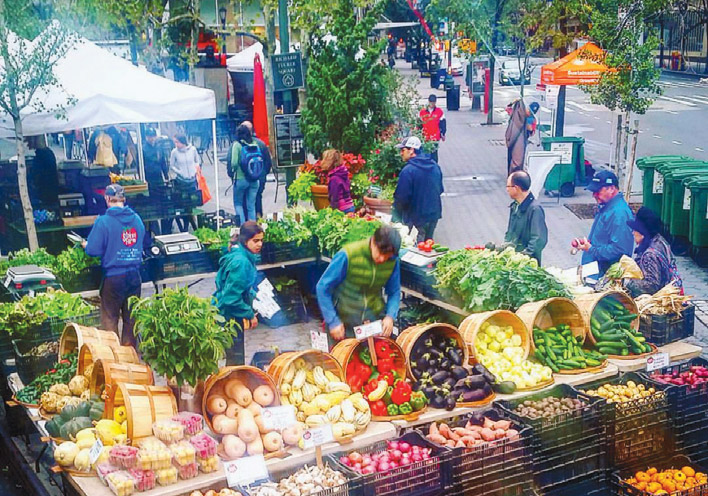
The NYC Greenmarkets
Stokes Farm grows about 60 items each year, compared to just a handful grown in the 1960s and ’70s. “We went from a market-driven economy to a consumer-driven economy. We have to grow what people want.” That now includes edible flowers, raspberries, white beets and white turnips, Jerusalem artichokes—and heirloom tomatoes, although Ron Jr. groans at the mention of them.
“They have no disease resistance, and for every one you pick, you throw away two or three,” he says, noting that hybrid tomatoes picked within 24 hours of leaving his farm are also “red, ripe and delicious.” Heirloom tomatoes are thin-skinned and can’t take a lot of handling, he says. “They have to be packed in a single layer on foam cushions, and even then some are dripping when they get to market.”
Many celebrity chefs have been regular Stokes Farm customers at the Greenmarkets, including Daniel Boulud, Jean-Georges Vongerichten and Alex Guarnaschelli. “We think they are rock stars in the culinary world,” Ron Jr. says, “but they think we are double rock stars because we can grow them things they can’t get anywhere else, like Romanesco zucchini.”
Michael Hurwitz, director of the NYC Greenmarket, says the program has helped preserve thousands of acres of regional farms. “It did two things for Stokes and other farmers: It provided an outlet where Ron can sell directly to the consumer.” And, he says, that dollar is going directly to the farmer, keeping the farm viable and out of the hands of real estate developers.
“Ron’s farm is below the median in size, but he proves that great growers don’t need a lot of land to be successful,” Hurwitz says, adding that Stokes Farm is one of the most respected farms in the program. “When I first started out, I sought Ron’s counsel. He knows so much about agriculture. He has great ideas—and he is hilarious.”
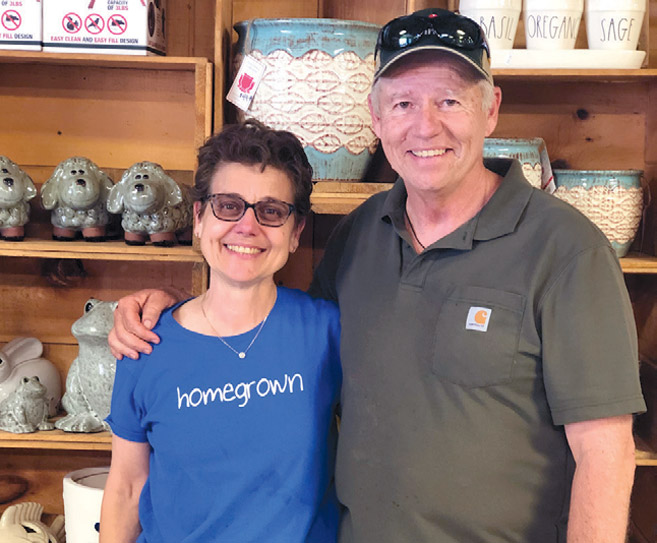 Ron Binaghi Jr. and Jeanine Binaghi
Ron Binaghi Jr. and Jeanine Binaghi
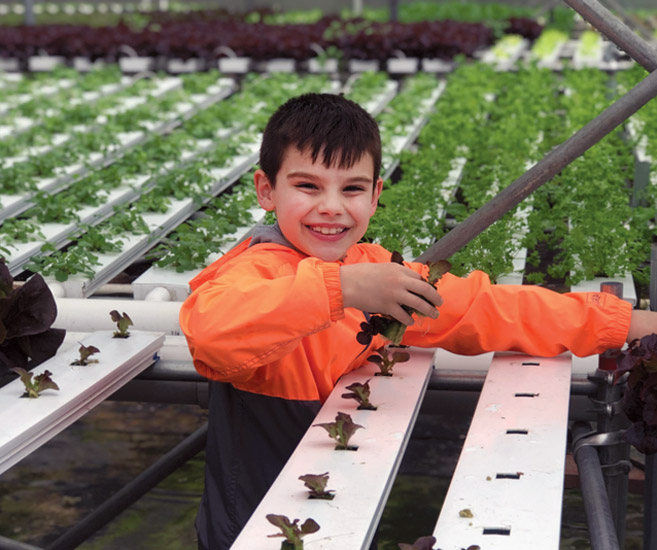 Ronnie Binaghi IV
Ronnie Binaghi IV
“When I told them I had 17 acres, people laughed. But then I started telling my stories, like how I can see the Empire State Building from the top of my barn, and how Andy Warhol was one of my best customers.” —Ron Binaghi Jr., Stokes Farm
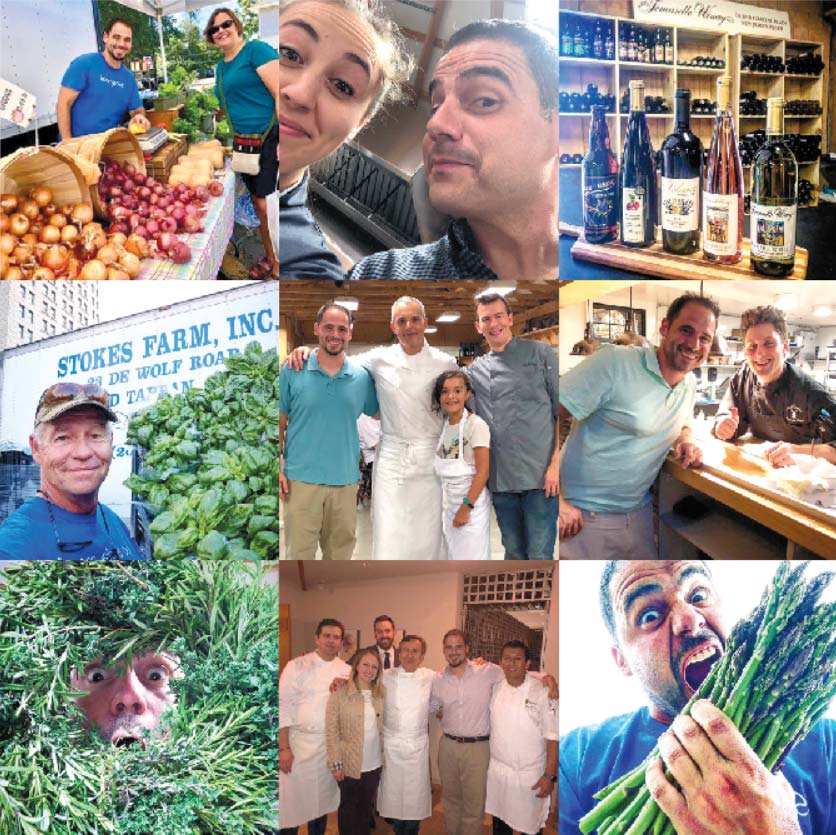 Top left: Ron Binaghi III; bottom middle: Christina Binaghi, Chef Daniel Boulud and Ron Binaghi III.
Top left: Ron Binaghi III; bottom middle: Christina Binaghi, Chef Daniel Boulud and Ron Binaghi III.
The farming life
Ron Jr. attended one of the best high schools in New Jersey, but unlike many of his classmates, he opted not to attend college. “I was smart enough, but I wasn’t motivated enough,” he says.
Still, Ron Jr. continues his education: “I go to Rutgers twice a year for seminars, and I read voraciously. I go to every meeting that has to do with agriculture. I tell my son Ronnie that the day you stop learning, you will realize that Darwin was right. If you don’t adapt, you will die.”
Ron Jr. recently presented at the New Jersey Agricultural Growers Convention in Atlantic City, talking about the challenges of making a profit with a farm, including things like tolls. “It costs us $38 to go through the Lincoln Tunnel to get to the Greenmarkets.
“We don’t have contracts with restaurants who want you to grow things. It’s a handshake business—and then you find out the restaurant closed. So you put it on the counter and hope the public likes it,” he says. “And last year was the rainiest year I’ve ever seen, and we lost a lot of money. We plant squash in succession every three weeks, and because of the rain we missed the second and fourth planting, so our sales were down. Or else it rains on Greenmarket day, and your sales are instantly off at least 50 percent.”
“Farmers are the biggest gamblers, and sometimes we hit the right thing, like our fresh herbs that we’re famous for,” Ron Jr says. He learned early from his parents to squirrel money away whenever you can. “My dad never borrowed money when he ran the farm. He was raised during the Depression.”
The Binaghis carefully consider every major purchase. “We would never spend a million dollars on a pie-in-the-sky idea. We built a new greenhouse when we had the money, and then we proceeded to the next thing when we had some more money.”
‘Growing’ the farm stand
When Ron Sr. and his wife opened the first farm stand in the 1950s, it was a four-post, open-air shed. They turned it into a garage in the 1970s, “and it stayed that way until my dad had a stroke in 2000,” Ron Jr. says. “My wife and I closed it and said we would never take over that stand. My dad was the heart and soul of it, and we were doing fine in New York City.”
Several years ago, the Binaghi family had a meeting and voted to build a new, all-season farm stand. “We didn’t have to—we had 17 acres without a mortgage—but we needed to do something. Sales in New York are OK, but not like in the ’80s and ’90s. And we have more competition now, from stores like Whole Foods, Trader Joe’s and Wegmans, and businesses like Blue Apron and HelloFresh.”
The new farm stand opened in 2014 and is run by Jeanine and Ronnie. “Whatever she touches turns to gold,” Ron Jr. says of his wife. “She has made the farm stand awesome.”
Jeanine grew up in a bakery family where she gained the ability to make a farm stand’s secret weapon: fresh baked goods. “Of course I make doughnuts, but I also make crumb cake, muffins, cinnamon swirl cake, cookies, brownies and pies on the weekends,” she says. “My carrot cake has become famous.”
Jeanine also recognized the needs of families with two working parents, picking up their children at a nearby daycare center. “I see them rushing in, and I get it,” she says. “It’s 6 o’clock and they don’t want to cook. They want good, premade foods. We have pasta from Italy with homemade tomato sauce, hearty soups in the fall and other things to make it a meal.”
The family pays attention to trends. Stokes Farm offers a Community Supported Agriculture (CSA) program, in which customers pre-purchase a “share” of the farm’s harvest and receive boxes of seasonal produce throughout the 20-week growing season.
Stokes Farm also now hosts special events, including birthday parties, farm tours and workshops on doughnut and gingerbread house decorating. Stokes Farm has partnered with Tomasello Winery in Hammonton to host wine tastings paired with foods created from their farm-raised produce. And with the advent of Uber and Lyft, New York City residents can now take mass transit and get a ride to Old Tappan for Stokes’ farm-to-table dinners, Ronnie says.
“People want experiences, and [they] post about it online,” Ron Jr. says. “We can’t be a supermarket, but here you can talk to the person who grew that pepper, who’ll give you recipes and tips.”
Adds Jeanine: “Many 30-somethings don’t know what just-picked fresh tastes like. That’s why we’re trying to get them in here. If they come in looking for parsley and it’s not on the shelf, Ronnie will go in the back and cut it for them.”
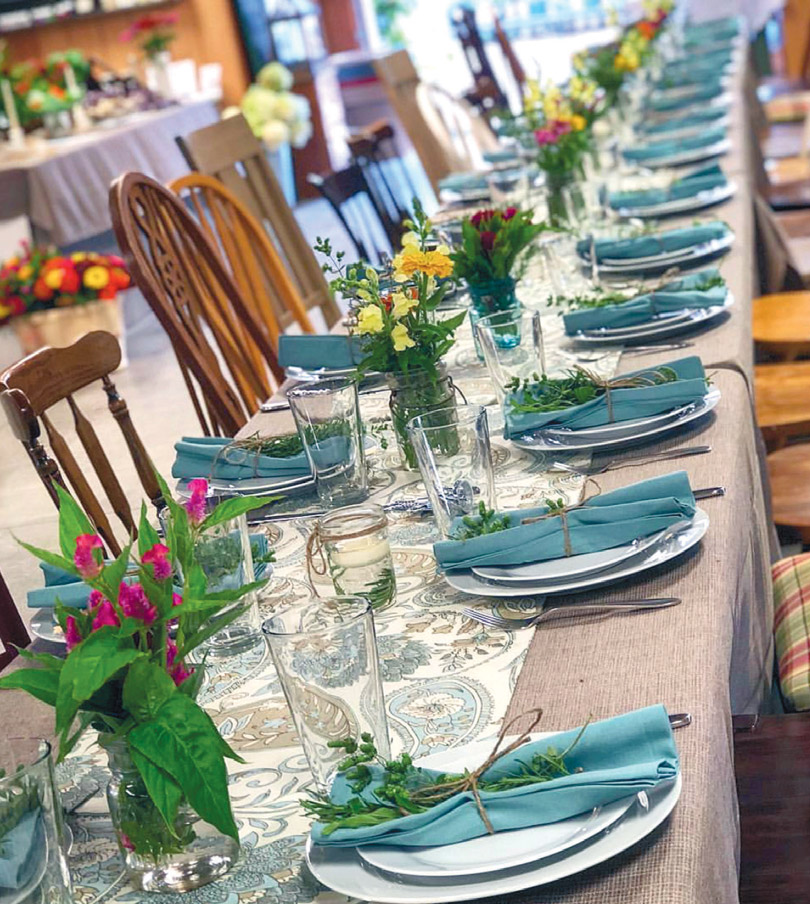
The past and the future
Trends have replaced traditions, and that has affected the farm.
“When I was in grammar school, bell bottoms and tie dye were popular—and it took 10 years for them to go away,” Ron Jr. says. “Now, because of Instagram, trends go away in two or three weeks. One blown sneaker, and Nike loses $9 million in one day. Things change so fast that it’s hard to keep up.”
Ronnie promotes Stokes Farm on social media and recognizes that marketing has changed. Years ago, he says, people flocked to the farm on July 4th for the unofficial start of sweet corn season. “Nowadays, we have to get them here in a different way, like a wine-and-cheese or barbecue—and by the way, it’s corn season! Every week during growing season, we send emails of what we’re picking that week.”
As Stokes Farm’s next generation, Ronnie already knows his biggest challenge. “There will always be a market of people who appreciate fresh produce, but a growing number of people view it as a chore to pick it up. We are competing with FreshDirect and other stores that deliver, and it’s all happening quicker than we thought. So we’re trying to do more.”
Referencing his late grandfather Ron Sr., Ronnie says, “Gramps would be happy with where we are going. If we stayed the same, I don’t think we would be in business anymore.”
STOKES FARM
23 Dewolf Rd., Old Tappan
201.768.3931
StokesFarm.com
Farm stand seasonal hours: Open April 10 to July 4 from 9 am to 6 pm, seven days a week. After July 4, closed Sundays and Mondays. Closed from Christmas to early April.


